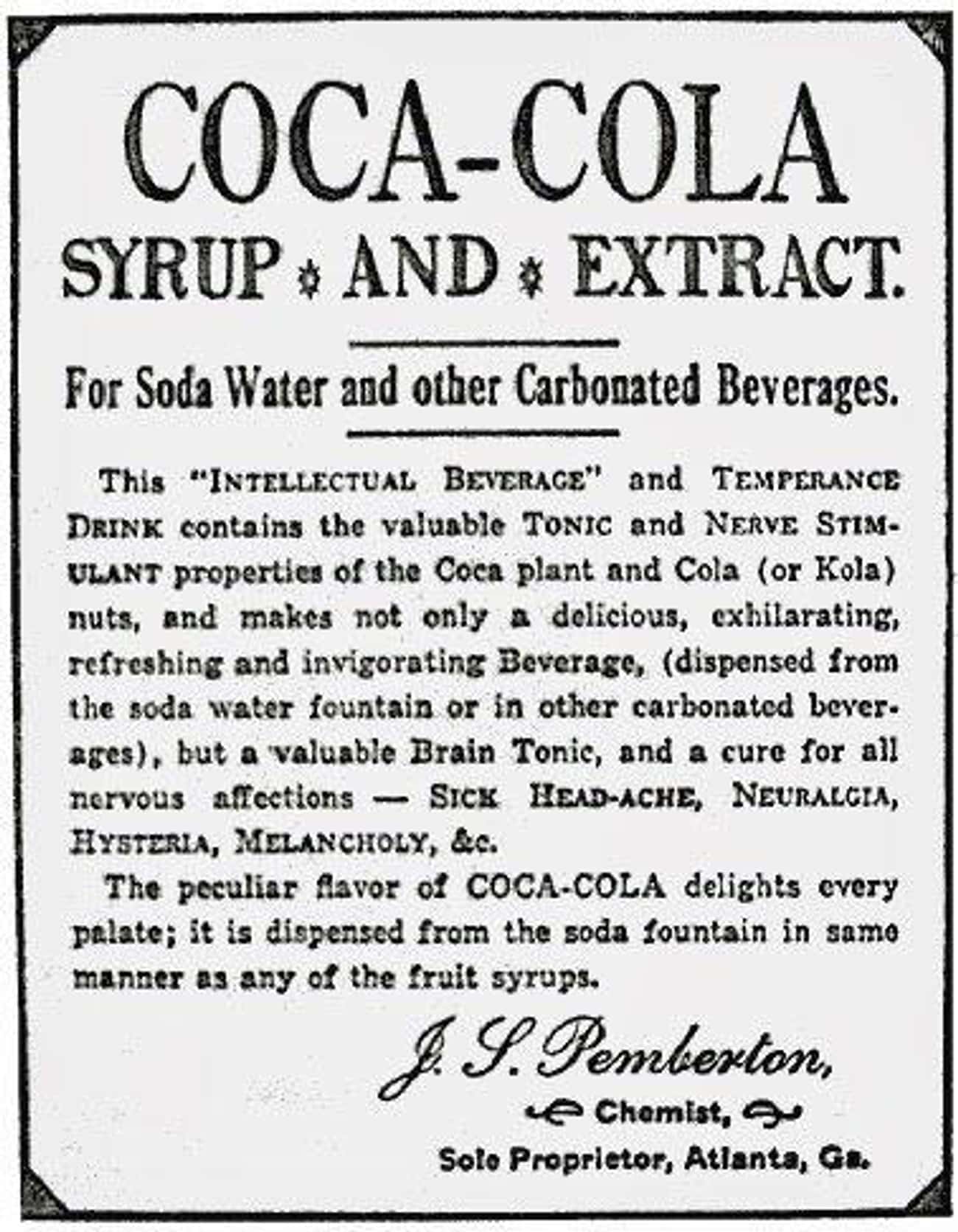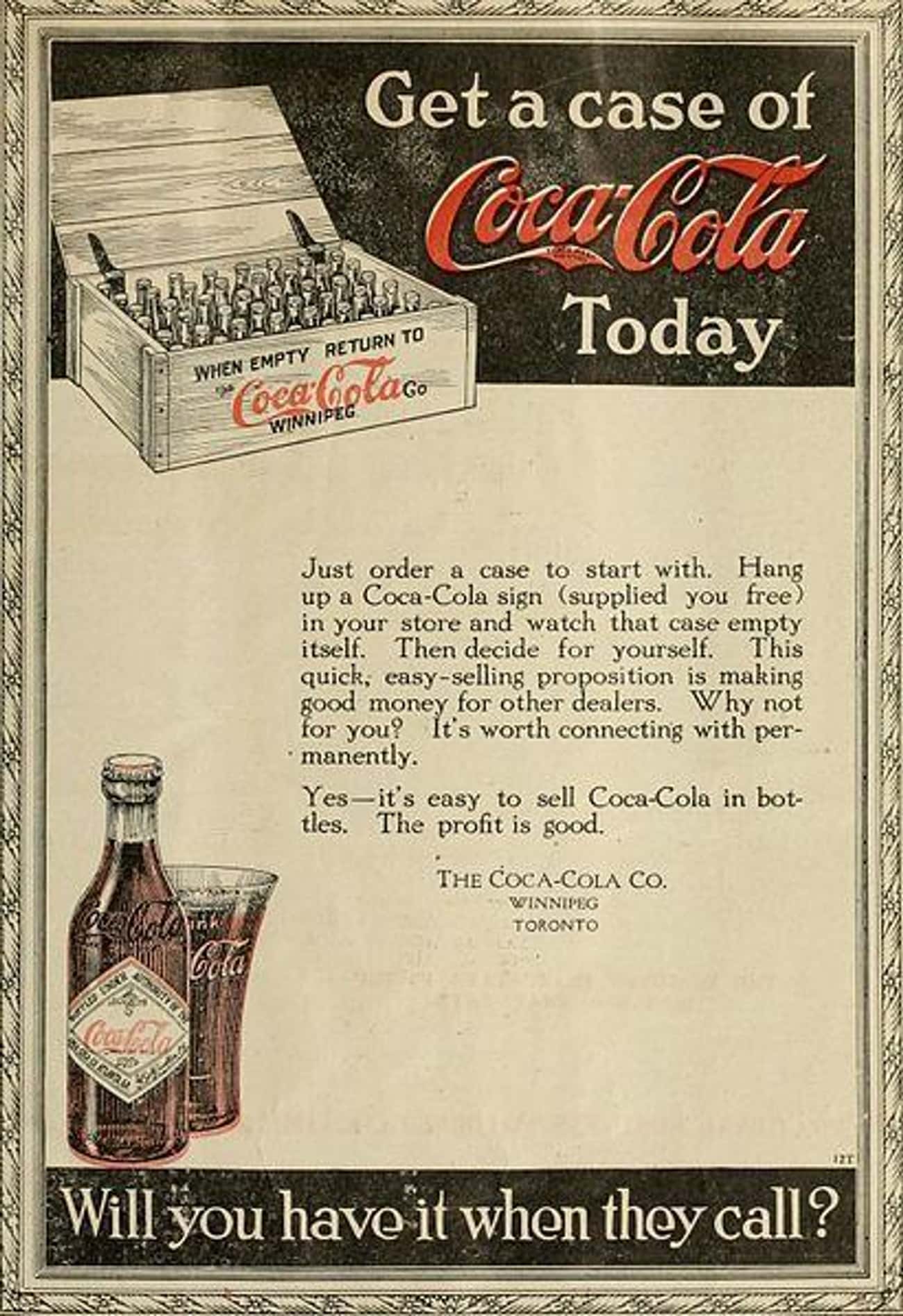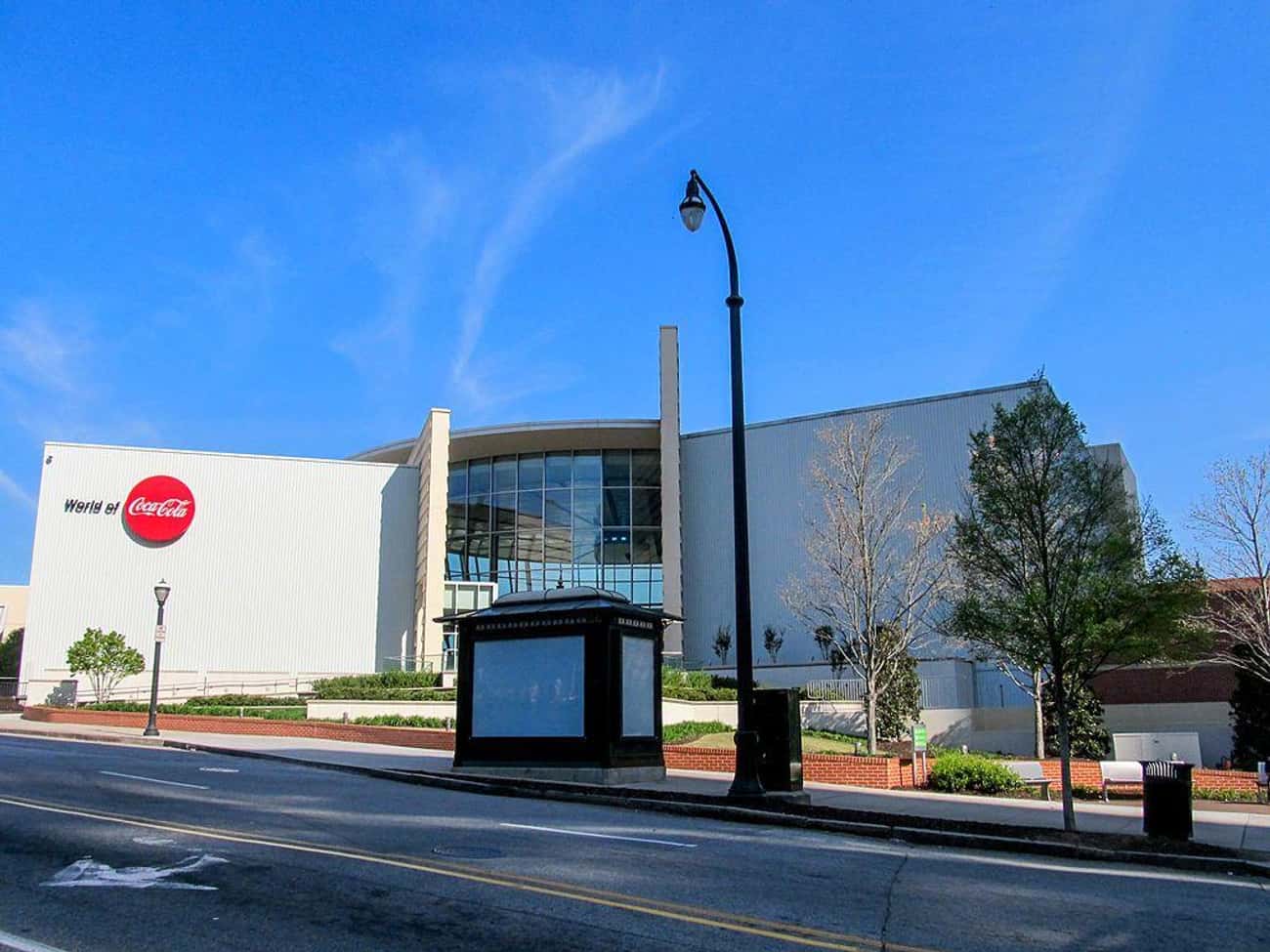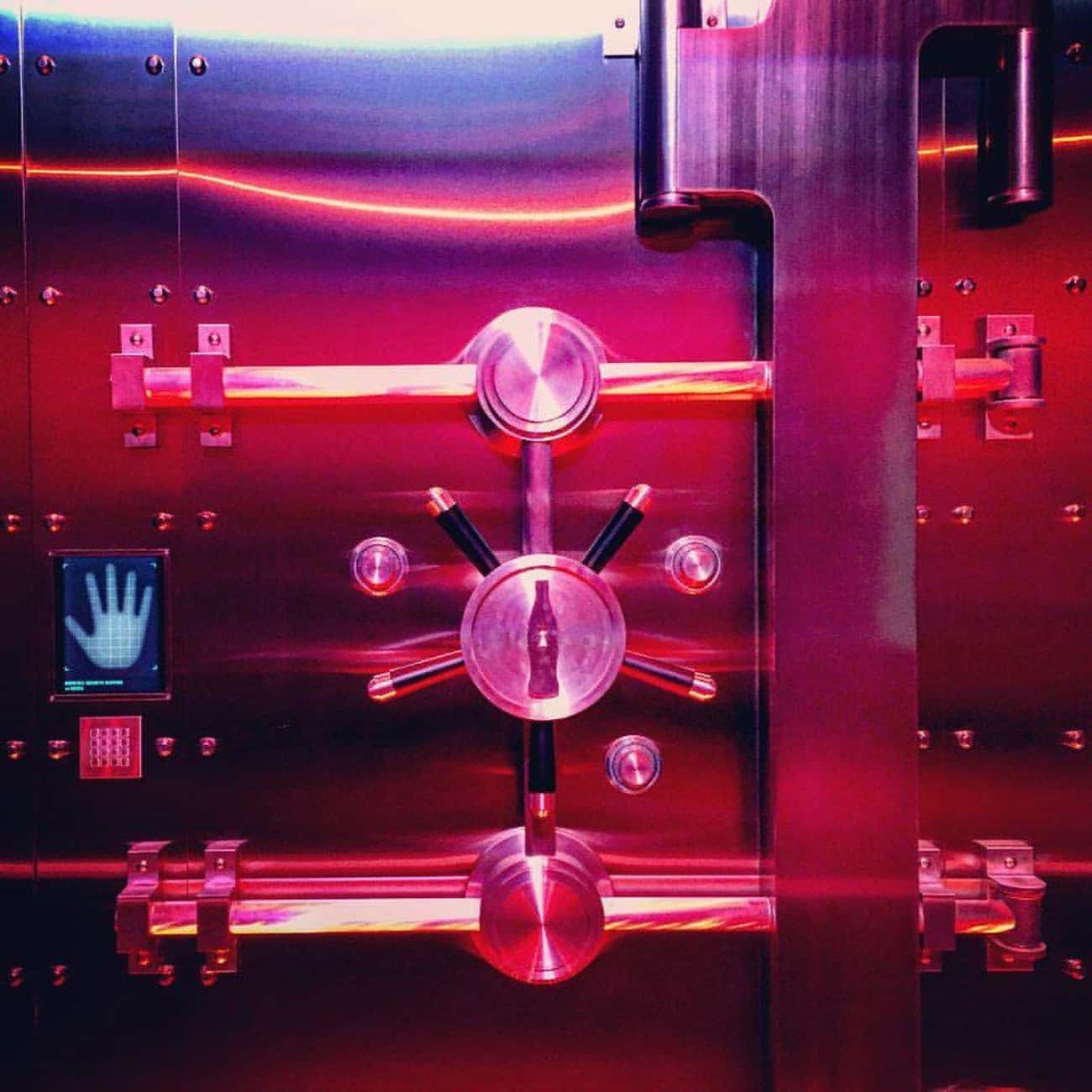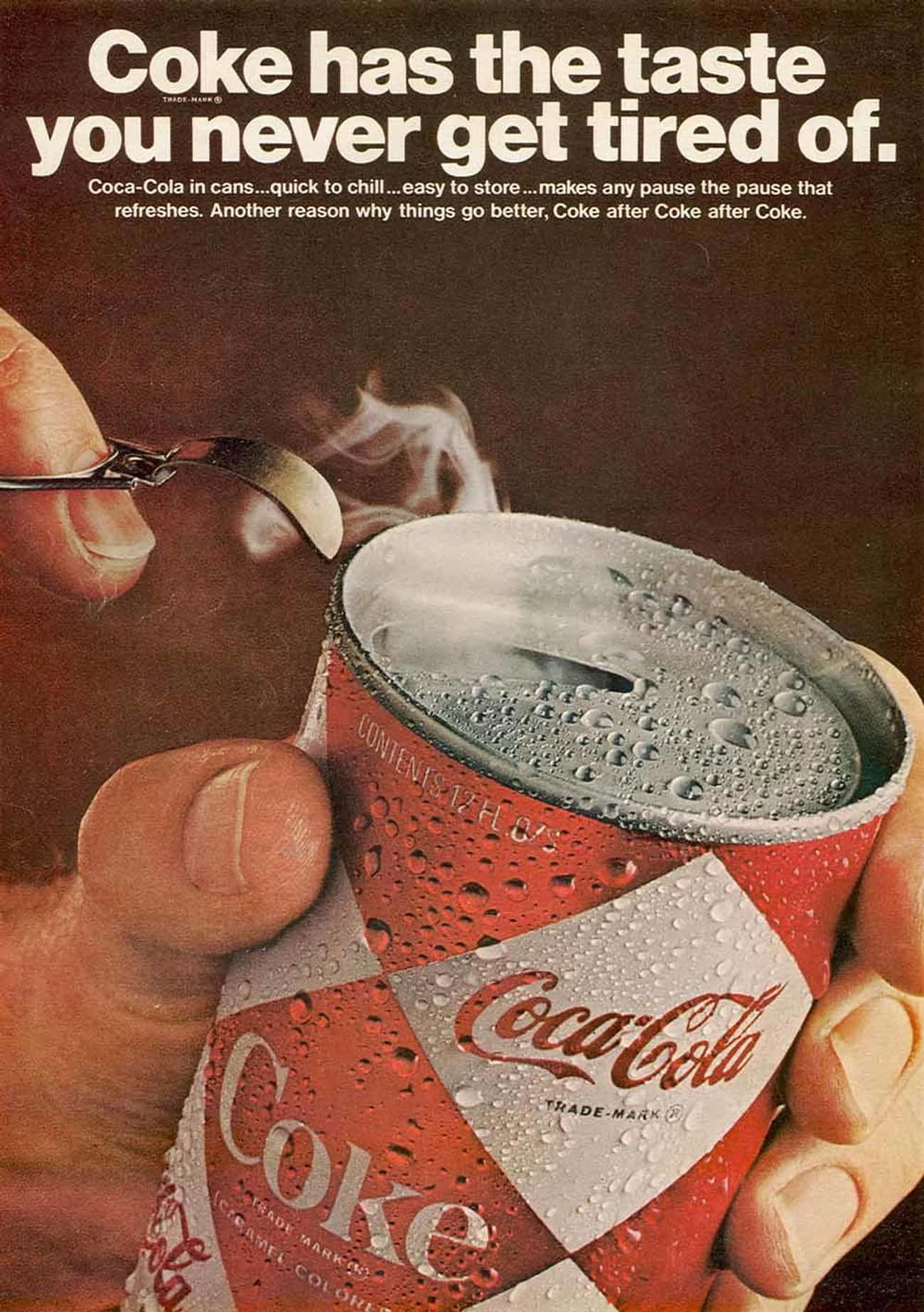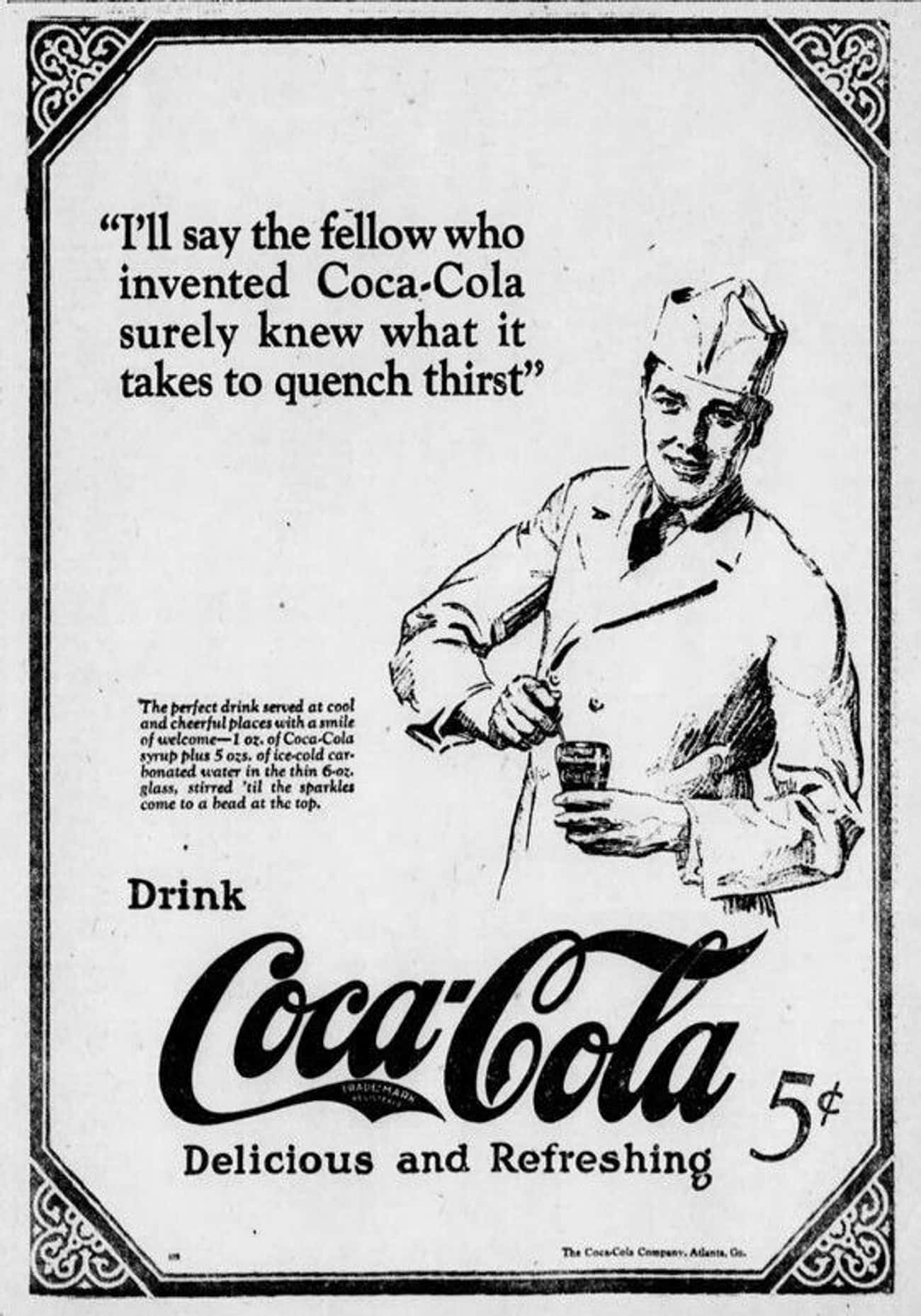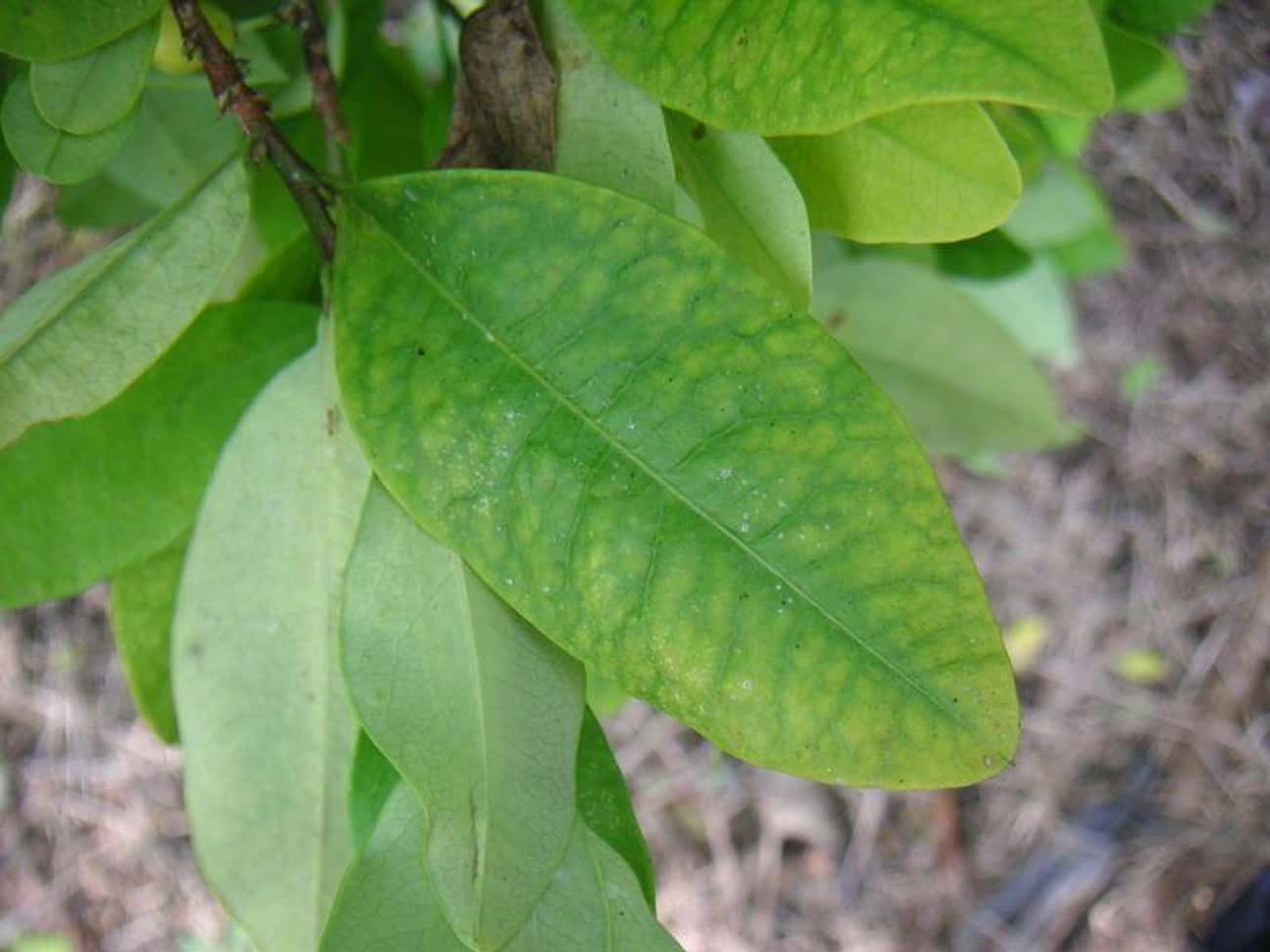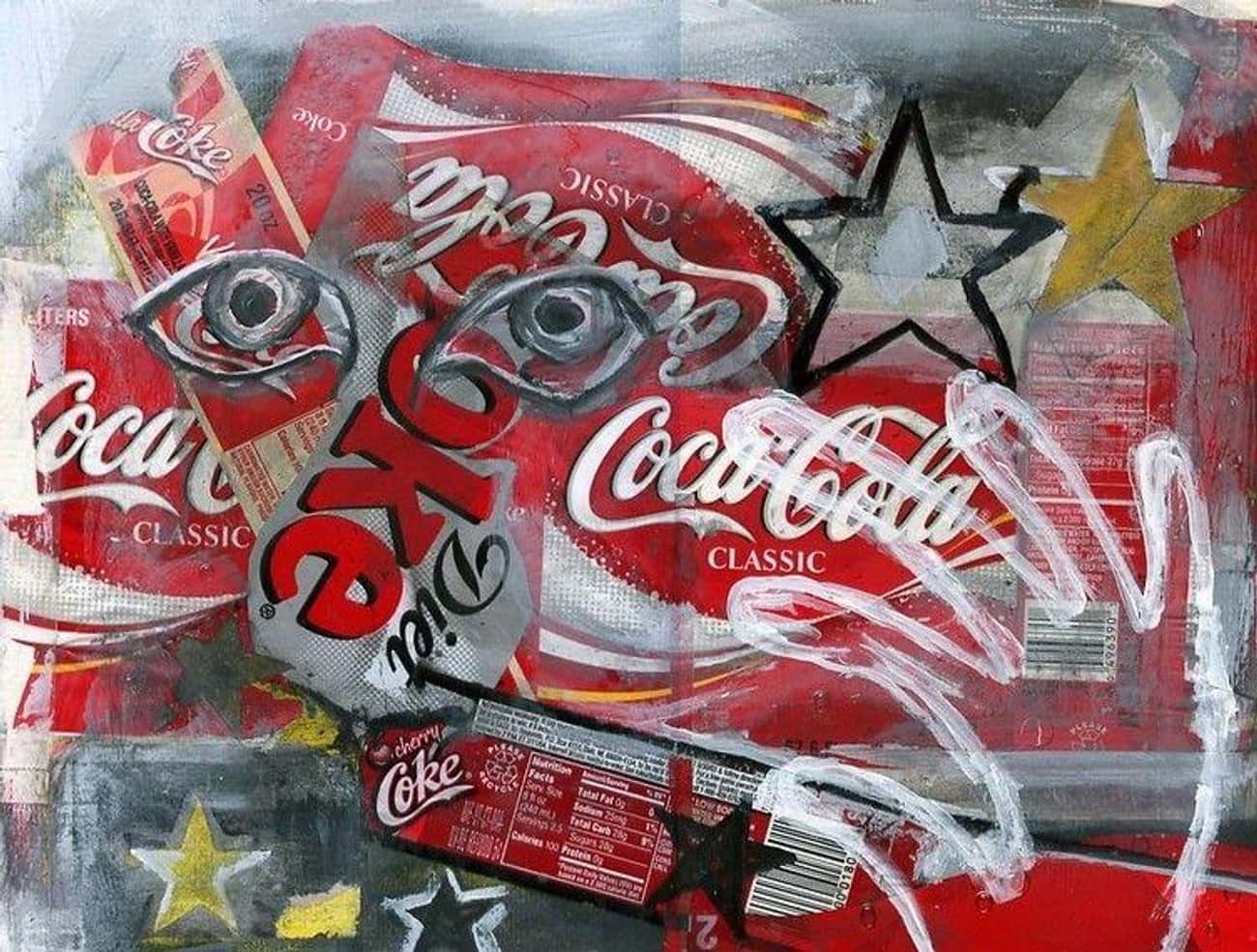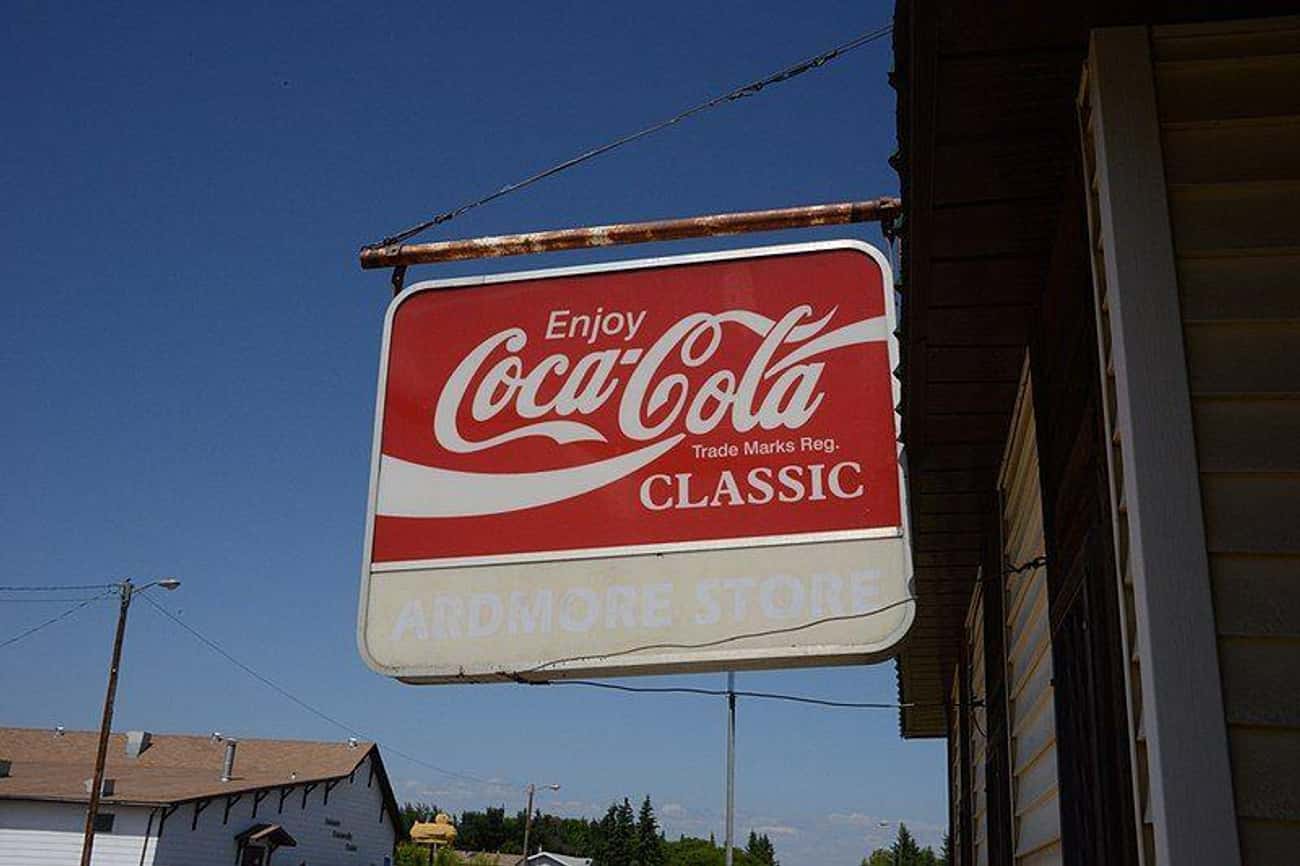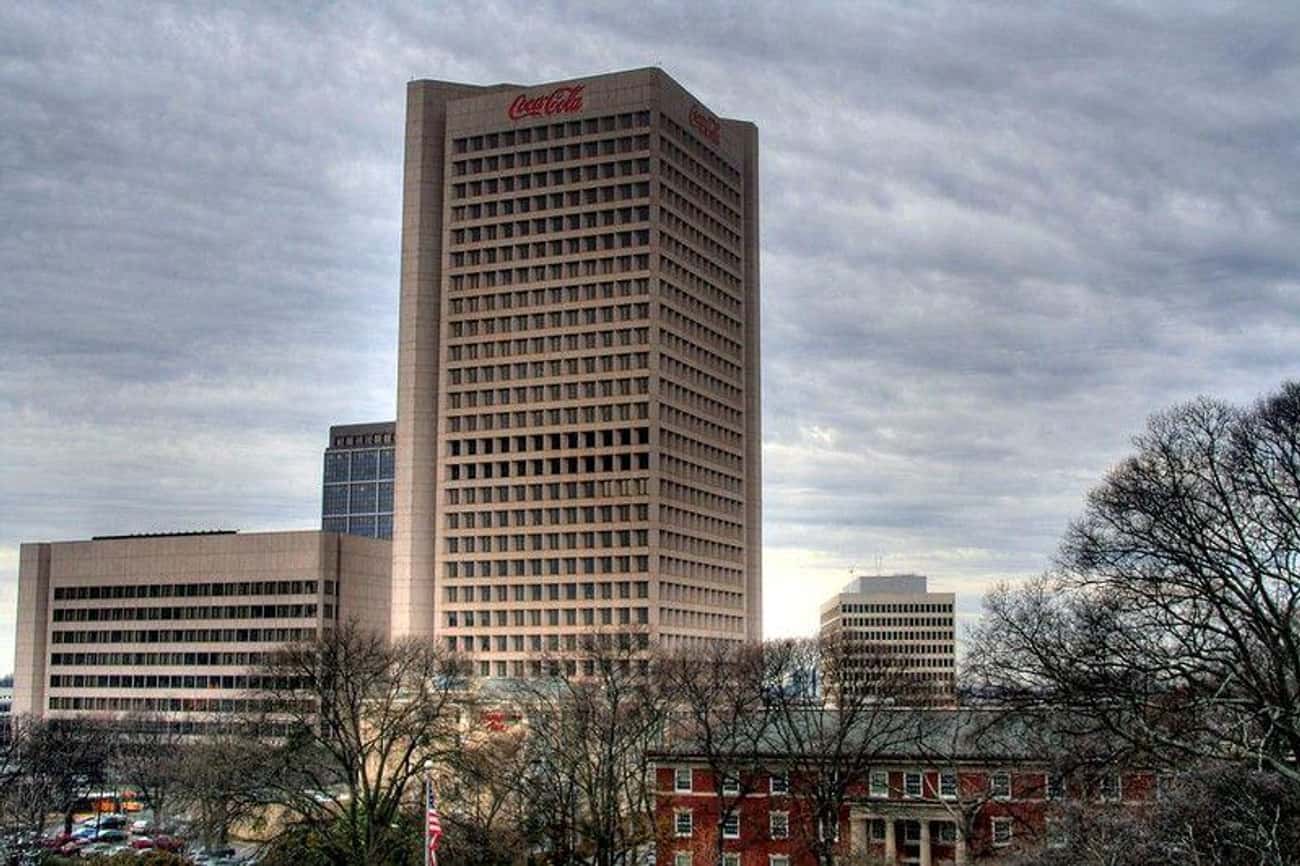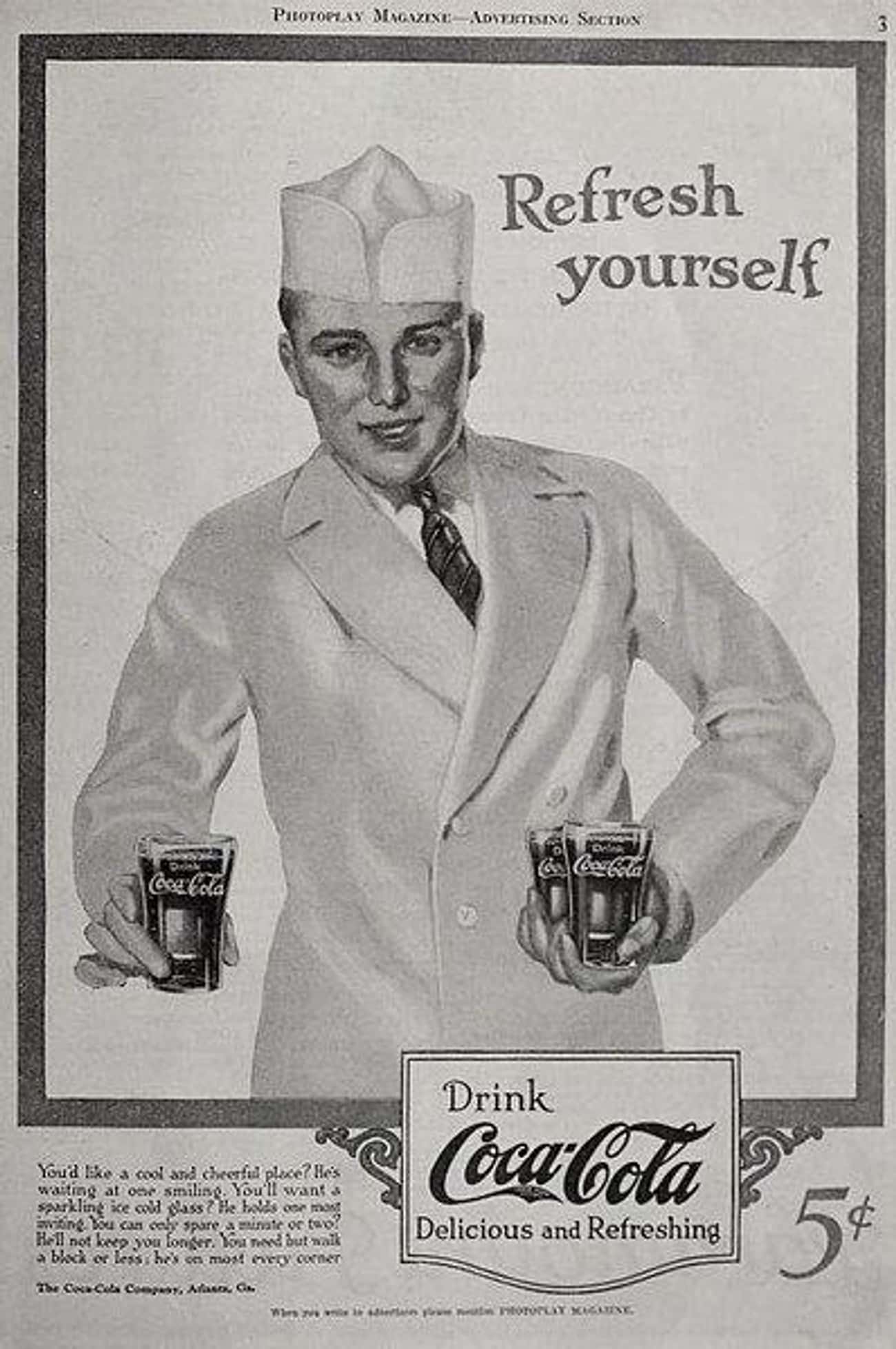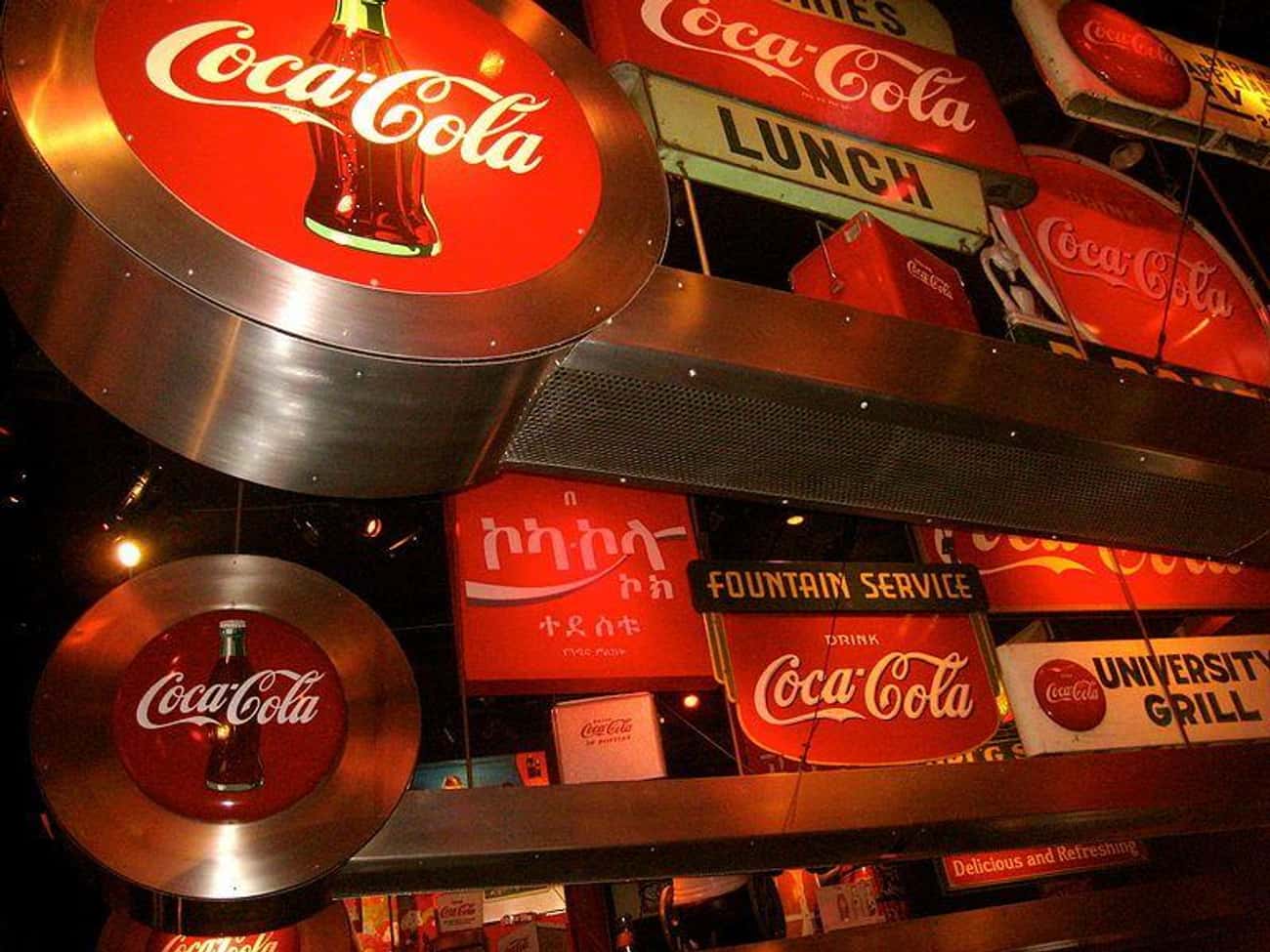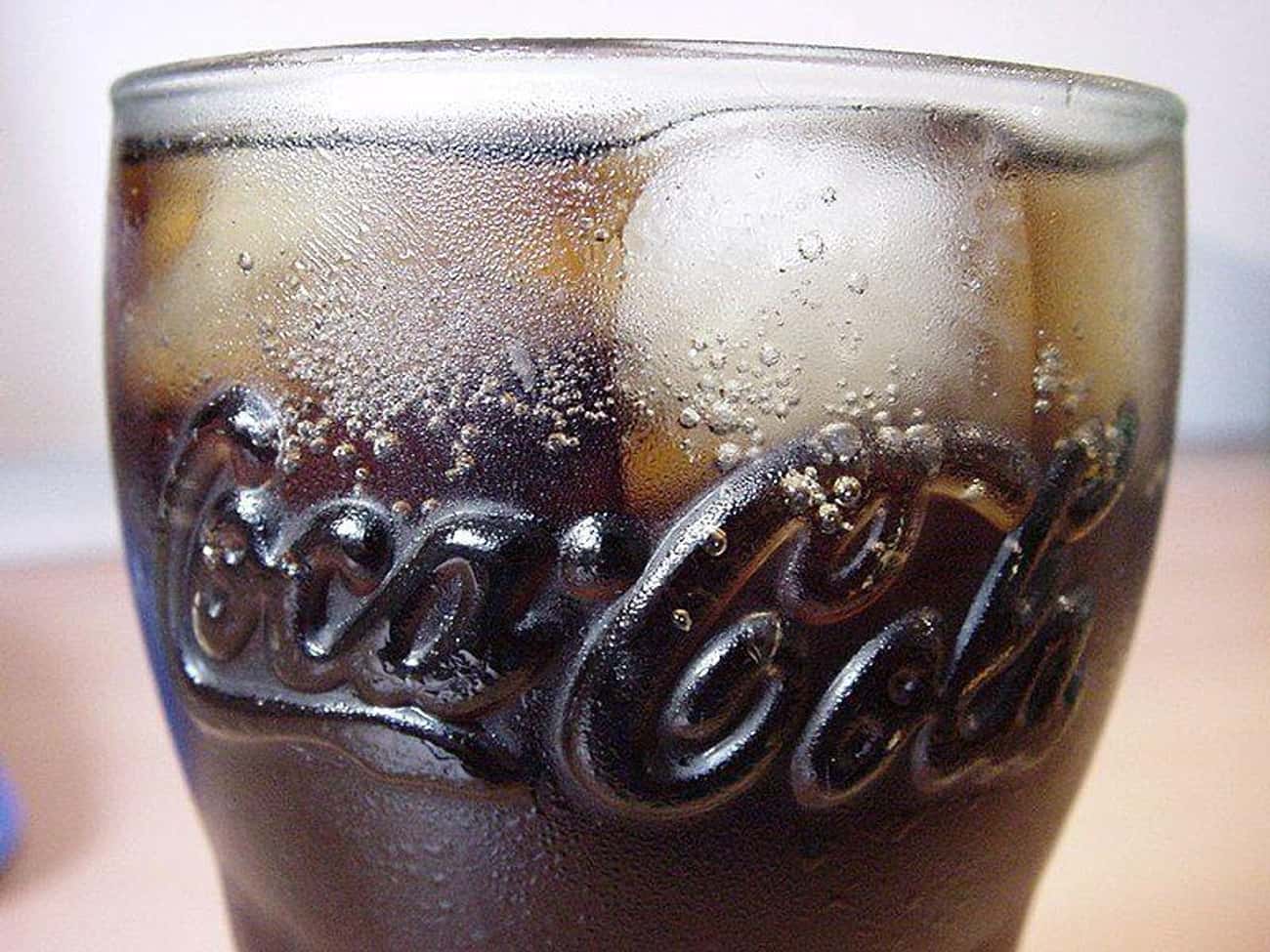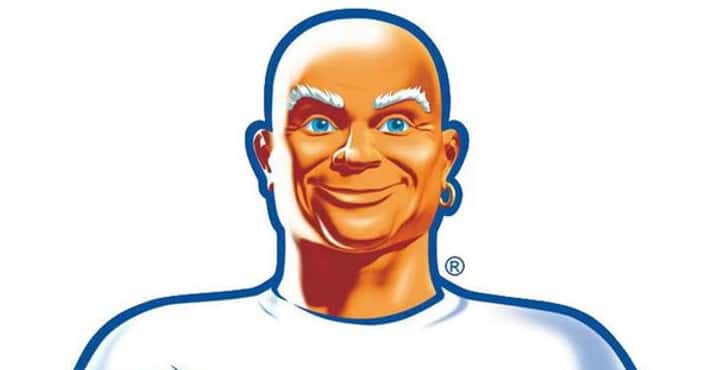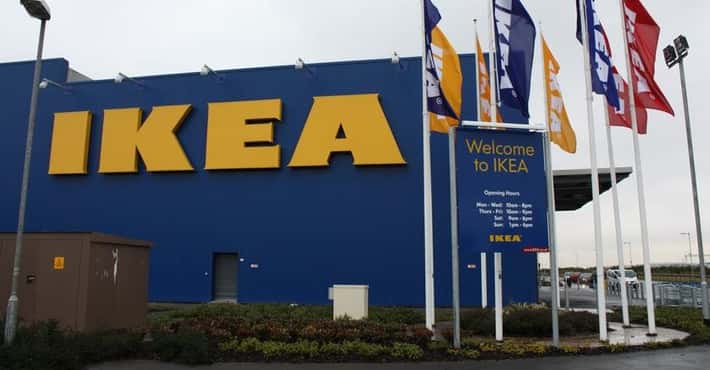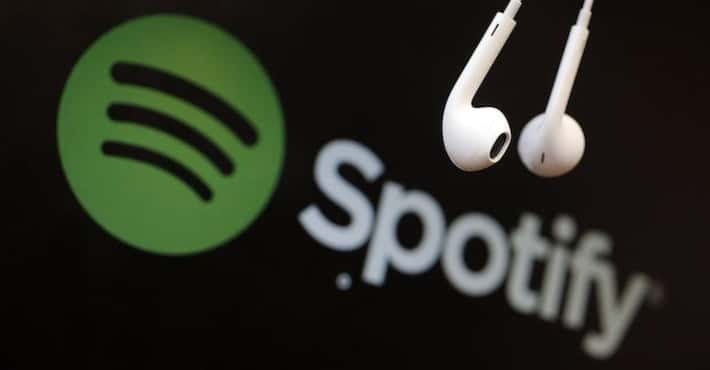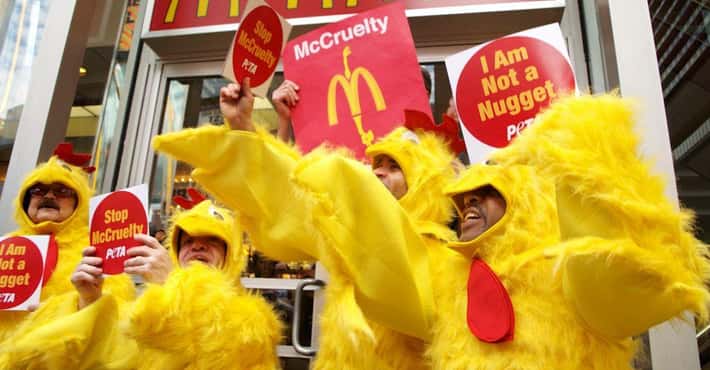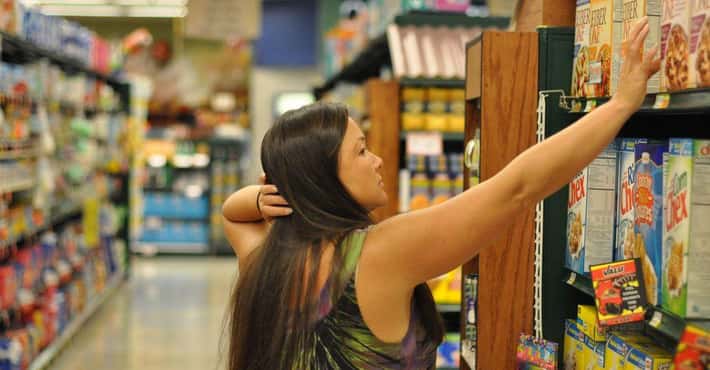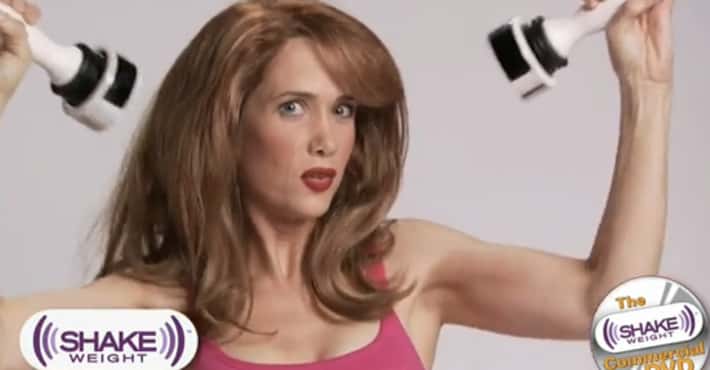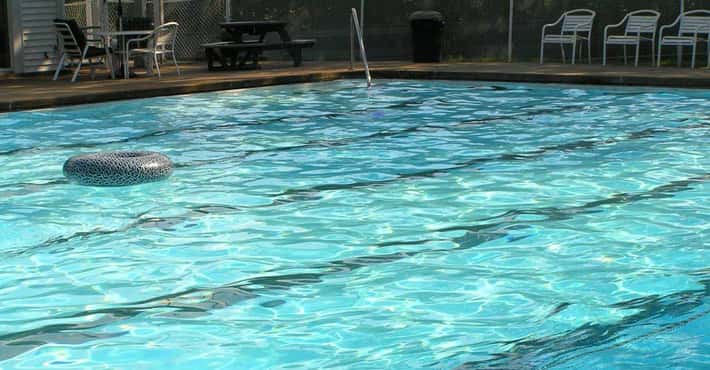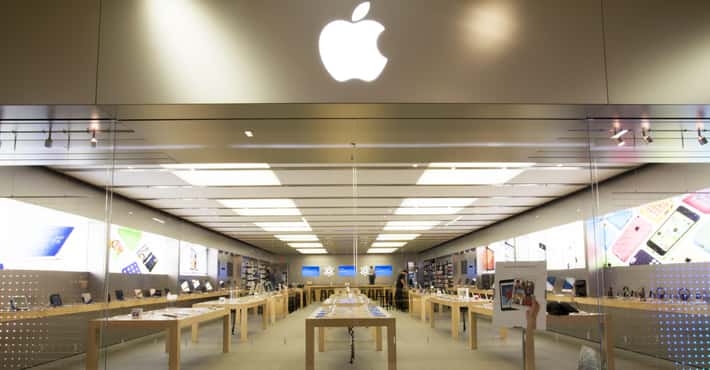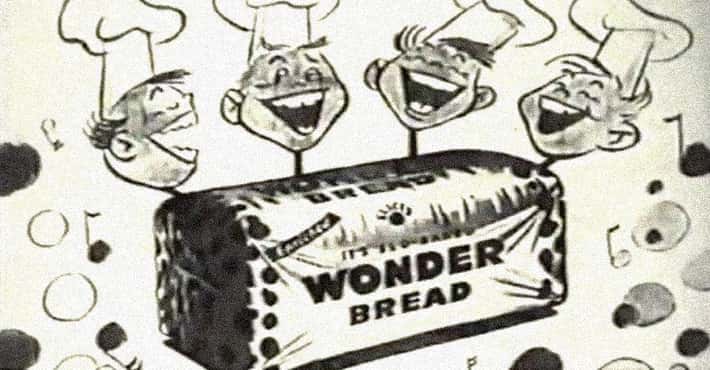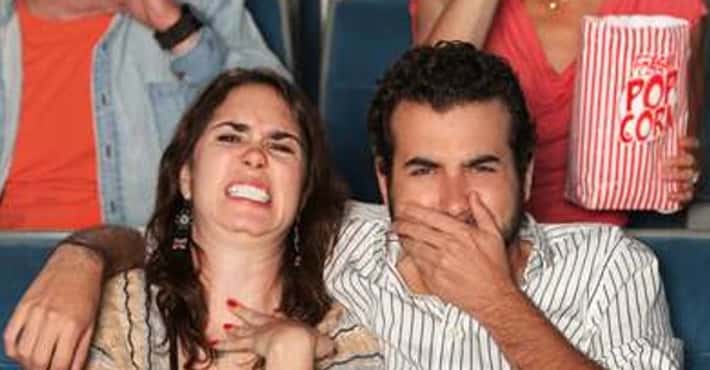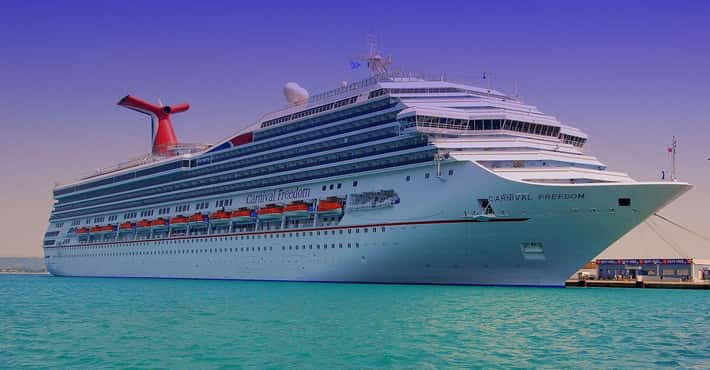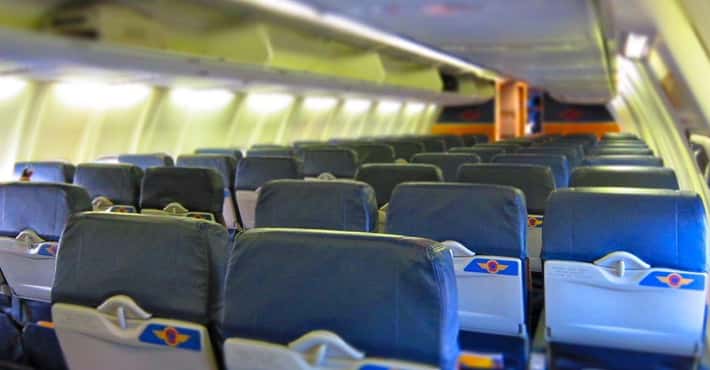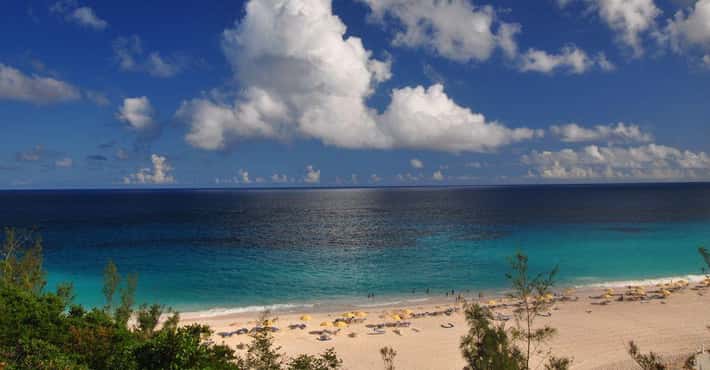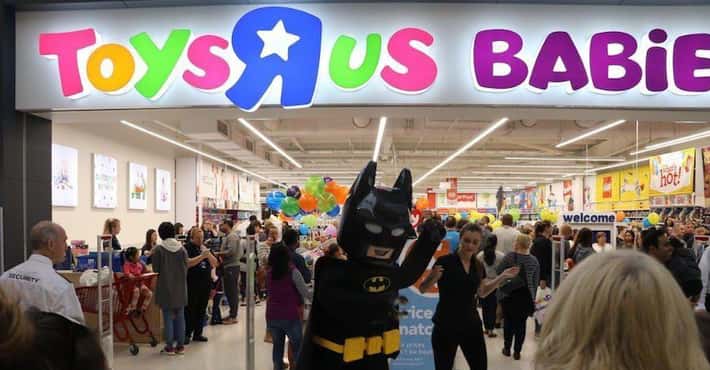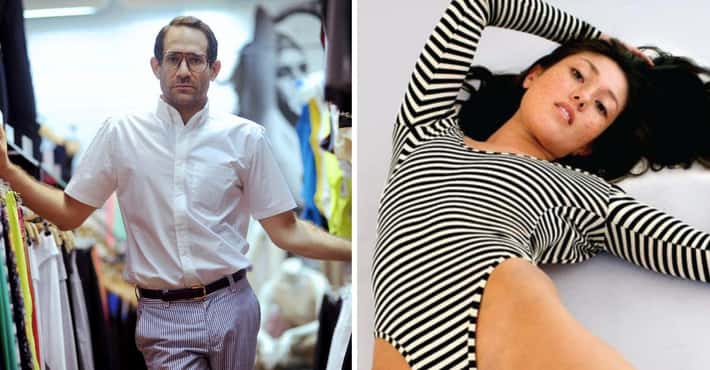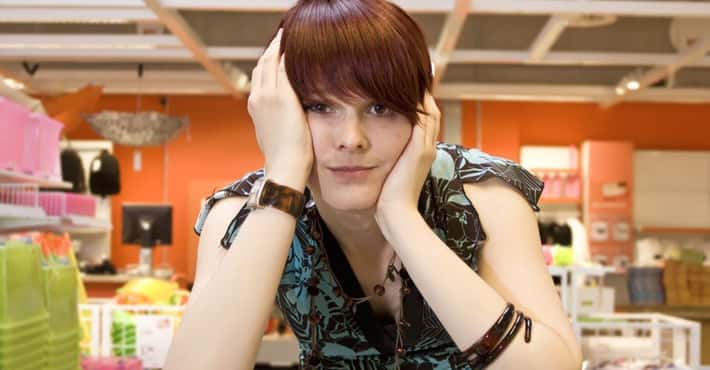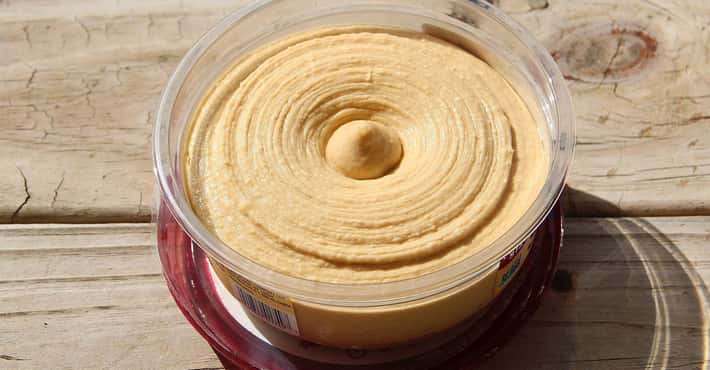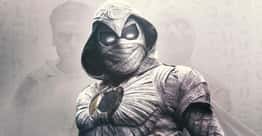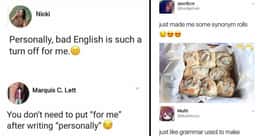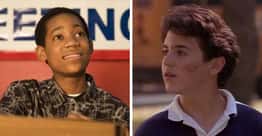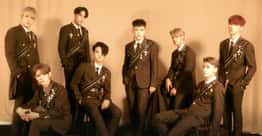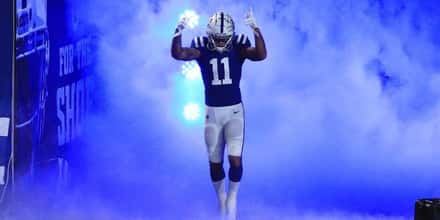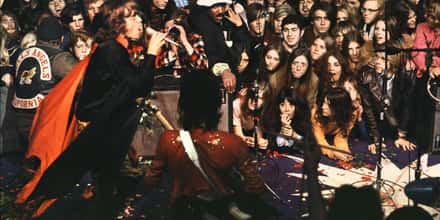
How The Coca-Cola Company Has Kept Its Recipe ‘Secret’ For More Than 130 Years
Copy link
Since its invention by John Pemberton in 1886, Coca-Cola has become the most well known soft drink in the world. Yet who actually knows the Coca-Cola recipe?
On its website, Coca-Cola claims the company's "secret formula for making Coca-Cola has remained a trade secret for 130 years." Shrouding the drink's ingredients in secrecy "creates a natural curiosity about the product itself," according to social psychologist and marketing expert Ben Voyer.
As the years have passed and speculation concerning the Coke recipe has grown, people have come out of the woodwork claiming to know the recipe and other company secrets. Yet Coca-Cola insists its methods remain unknown by the public. So how does Coca-Cola protect its formula?
- Photo: Unknown / Wikimedia Commons / Public Domain
Pemberton Invented Coca-Cola In 1886, But The Formula Was Not Written Down Until 1919
While Pemberton is technically the creator of the beloved carbonated beverage, he sold the company to Asa Candler soon after its invention in 1886. Pemberton passed in 1888, and Candler became Coca-Cola's sole proprietor in 1892.
For more than a quarter century, the recipe was disclosed only by word of mouth. When Ernest Woodruff acquired the company in 1919, he used the secret formula as collateral for the loan he needed to finalize the purchase. According to Coca-Cola's website:
[Woodruff] asked Candler's son to write the formula down and placed the paper in a vault in the Guaranty Bank in New York until the loan was repaid in 1925. At that point, Woodruff reclaimed the secret formula, returned it to Atlanta and placed it in Trust Company Bank, now SunTrust, where it remained for 86 years until its recent move to the World of Coca-Cola.
- Photo: Internet Archive Book Images / Flickr / Public Domain
After Buying The Company In 1919, Ernest Woodruff Used The Secret Formula As A Marketing Gimmick
Woodruff, a savvy businessman, made a public display out of procuring the Coca-Cola company and its special recipe. Keeping the written ingredients list sealed in a bank vault amplified the drink's desirability and special status.
In 1923, Ernest Woodruff made his son Robert president of the company. Working under his father's guidance, Robert became a marketing whiz in his own right, integrating the drink into the lives of every day consumers - not just in the United States but around the world. Under Robert's management, the company began selling Coke overseas and, in 1928, sent Coca-Cola along with Team USA to the Amsterdam Olympics. Robert also was an early proponent of the six-pack, which brought even more of his product into customers' homes.
- Photo: Marco Correa / Wikimedia Commons / CC-BY-SA 4.0
The Original Formula Now Resides At The World Of Coca-Cola Museum In Atlanta
In a widely publicized gesture, Coca-Cola company executives had the secret recipe moved from the bank vault to Atlanta's World of Coca-Cola Museum. This was done as part of the company's 125th anniversary celebrations in 2012.
Phil Mooney, director of archives for Coca-Cola, explained in a media release how his company "has always gone to great lengths to protect [its formula] and now by safeguarding it at the World of Coca-Cola, we can share its legendary legacy with people around the world."
Coca-Cola CEO Muhtar Kent went into more detail at the time, saying:
By sharing this secret formula experience with our consumers, we celebrate both the rich history of the brand's beginnings and the moments of refreshment and happiness to come for future generations. This is yet another way we are recognizing and thanking everyone around the world who has made the Coca-Cola brand what it is today.
- Photo: Hyokano / Flickr / CC BY-SA 2.0
You Can Visit The Vault Where The Formula Is Allegedly Stored
Coca-Cola informed the media it would be sending its sacred formula to the World of Coca-Cola, where it would be put on display within The Vault of the Secret Formula.
Today, the formula is allegedly sealed within this elaborately decorated vault, equipped with "a palm scanner, a numerical code pad, and massive steel door." The mood is further intensified with red lighting and smoke machines.
The vault has become an attraction for the Coke museum, tempting guests with the promise of becoming "closer than ever before to the secret formula." Here, the extensive exhibit includes:
...an immersive multimedia journey toward the Chamber of the Secret Formula. Along the way, learn about the origins of the secret formula, how competitors tried to copy the success of Coca‑Cola, how the owners of Coca‑Cola kept the formula secret throughout the years, and how the secrecy spawned a trove of myths and legends.
- Photo: Insomnia Cured Here / Flickr / CC BY-SA 2.0
The Secret Ingredients Are Listed As ‘Natural Flavors’ On Coke Cans And Bottles
Many people believe Coca-Cola hides its unknown ingredients behind the "natural flavors" label on its bottles and cans, especially since the Food and Drug Administration has no specific definition for the word "natural." What it considers "natural" includes the following:
The essential oil, oleoresin, essence or extractive, protein hydrolysate, distillate, or any product of roasting, heating or enzymolysis, which contains the flavoring constituents derived from a spice, fruit or fruit juice, vegetable or vegetable juice, edible yeast, herb, bark, bud, root, leaf or similar plant material, meat, seafood, poultry, eggs, dairy products, or fermentation products thereof, whose significant function in food is flavoring rather than nutritional.
According to This American Life, the “natural flavors” in Coca-Cola are believed to include citric acid, lime juice, caramel, and vanilla, among others. How much of each ingredient constitutes the soda's signature flavor, or what other ingredients may contribute to it, is anyone's guess - though a few seem to have come pretty close to cracking it.
It's Rumored That Two Coke Executives Know Only Half Of The Recipe Each - And Can’t Fly On The Same Plane
As part of the grandiose story surrounding its history, the Coca-Cola Company maintains only two executives know the recipe for Coke at a time. Some rumors state they are each given just half of the recipe, but this has been invalidated by the fact-finding website Snopes.
One advertising campaign promoted the fact that, for safety's sake, these two executives aren't allowed to fly on the same plane. While it's true Coca-Cola does have a rule about two of its executives having access to the recipe, they each know how to make the syrup without the other's help.
- Photo: Darina / Wikimedia Commons / CC BY-SA 3.0
Coke Deals With The Only Company In The US With A DEA Permit To Import Coca Leaves
One of the ways Coca-Cola has safeguarded its signature beverage is by securing a deal with the only company in the US permitted by the Drug Enforcement Administration (DEA) to import and de-cocainize the coca leaf: Stepan Co. Since Stepan is the only company with access to this key ingredient, it would be impossible for competitors to get their hands on the processed coca leaf.
The Coca-Cola Company denies that its fizzy beverage has ever contained cocaine, but its original incarnation did possess trace amounts of the substance. This was true until 1929, when it was removed from the drink completely.
- Photo: jen light / Flickr / CC-BY-SA 2.0
Coca-Cola Has Never Patented Its Recipe
Coca-Cola remains one of the most popular products around the world, but its delectable syrup has never been patented. Mark Pendergrast, author of For God, Country & Coca-Cola, explains it best:
[The company] kept the formulas secret, partly in order to increase sales with a sense of special mystery and to prevent competition, but also to keep people from knowing how cheap the ingredients were and how large the profits.
At a time when medical patents were popping up left and right, Pemberton decided not to patent his drink. It then became Coca-Cola Company policy to never patent its syrup formula. Why? One theory is that, because patents expire, the company fears one day others will be able to profit from their product.
- Photo: Meena Kadri / Flickr / CC-BY-NC-ND 2.0
The Company Stopped Producing Coke In India When The Government Insisted On Seeing The Formula
Coca-Cola was first introduced to India in 1949, two years after the country gained independence from Britain. Two decades later, the Indian Parliament passed a new set of regulations, the Foreign Exchange Regulation Act of 1973, which required all foreign companies to give 60% of their equity to Indian subsidiaries. The act would also required companies to disclose sensitive information to the Indian government. In the case of IBM, that meant its computer codes; for Coca-Cola, it meant the formula.
The Coca-Cola Company was one of 57 companies to exit the country in 1977. It would not disclose its secret recipe, no matter the cost.
India began opening its economy to foreign businesses again in the early 1990s, and Coca-Cola made a comeback in 1993. However, Coke has never regained its previous beverage supremacy in India. It comes in fourth behind Thums Up (a Mumbai-based Coke competitor), Sprite, and Pepsi.
- Photo: Just Me / Flickr / CC BY-SA 2.0
Coca-Cola Has Rejected All Claims From People Who Say They Have The Recipe
Over the decades, various people and groups have come forward claiming to have discovered the recipe for the syrup that gives Coke its flavor. Every time this happens, the Coca-Cola Company releases a statement labeling the claim "not authentic."
One well known example of this is when the radio show This American Life revealed the recipe during one of their episodes in 2011. A staff researcher uncovered a newspaper column from the Atlanta Journal-Constitution in 1979 that included a recipe for Coca-Cola. Historian Mark Pendergrast compared this column to a recipe he found in the Coca-Cola archives, and he said they were nearly identical.
The Coca-Cola Company vehemently denied the legitimacy of the newspaper column and of Pendergrast's research. Coca-Cola archivist Phil Mooney used his company's favorite catch phrase when explaining its stance: not authentic.
- Photo: Hector Alejandro / Flickr / CC BY 2.0
Company Policy Prohibits Anyone From Viewing The Formula Without Written Permission From Its Board
When Ernest Woodruff first took over the Coca-Cola Company, the secrecy of the formula was taken extremely seriously. According to Snopes, Woodruff imposed a policy "whereby no one could view the formula without written permission from the Board, and then only in the presence of the President, Chairman, or Corporate Secretary."
Historians believe this was part of his extravagant plot to make the product feel elusive, and that in reality a handful of top-level employees were well aware of how to make the formula.
- Photo: Coca-Cola / Wikimedia Commons / Public Domain
Even If Someone Has The 1886 Recipe, The Formula Changed By The 1920s
Mark Pendergrast notes that, even before New Coke riled classic Coke fans, the recipe for Coca-Cola had been tweaked over the years.
From the time Pemberton created Coca-Cola in 1886 and Ernest Woodruff launched the beverage into new territory in the 1920s, changes were made to the recipe. Snopes claims that "glycerin was added as a preservative, cocaine was eliminated, caffeine was greatly reduced, and citric acid was replaced with phosphoric acid." Candler also allegedly altered the formula in the 1890s by changing the volumes of caffeine and sweetener used in the mixture.
- Photo: Melizabethi123 / Wikimedia Commons / CC BY-SA 3.0
Marketing Experts Say It Doesn't Matter If Someone Gets Ahold Of The Recipe Today
While the hunt for the elusive recipe has taken on a life of its own, actually finding the recipe isn't likely to have an impact. "Even if you tried to make 'The Real Thing' now, it wouldn't make any difference," Mark Pendergrast said. "Why would anyone go out of their way to buy a fake Coca-Cola that would cost more than the cheaply manufactured real ones?"
By this logic, even if someone leaked the recipe today, it wouldn't affect the sales of Coca-Cola because of the brand's power and influence around the world. As one company spokesperson said, "Why would anyone go out of their way to buy Yum-Yum, which is really just like Coca-Cola but costs more, when they can buy the Real Thing anywhere in the world?"
The Coca-Cola Company has worked hard to promote itself around its secret formula, but it isn't the formula on its own that carries weight - it's the name attached to it.
- Photo: Summi / Wikimedia Commons / CC BY-SA 3.0
Multiple People Have Tried To Reveal The Secret But Failed
Before This American Life disclosed the ingredients its researchers believe make up Coca-Cola, other historians and even Coca-Cola Company employees have attempted to reveal the truth about the drink. The recipe released by the radio show and corroborated by others includes: "Fluid extract of coca, citric acid, caffeine, sugar, water, lime juice, vanilla, caramel, alcohol, orange oil, lemon oil, nutmeg oil, coriander oil, neroli oil, and cinnamon oil."
In 2006, a disgruntled Coca-Cola Company employee turned whistleblower attempted to sell the recipe to Pepsi. The employee, Joya Williams, was set up by Pepsi after they turned the leaked information over to the FBI. Williams and her two accomplices were sentenced to jail time.
Back in 1993, Mark Pendergrast's book For God, Country and Coca-Cola received a lot of heat from the company. Pendergrast, the same man who was part of the This American Life investigation, includes a recipe he claims to be the original in the book. The Coca-Cola Company dismissed it as "the latest in a long line of previous, unsuccessful attempts to reveal a 107-year-old mystery." According to Coca-Cola, the mystery remains intact to this day.


